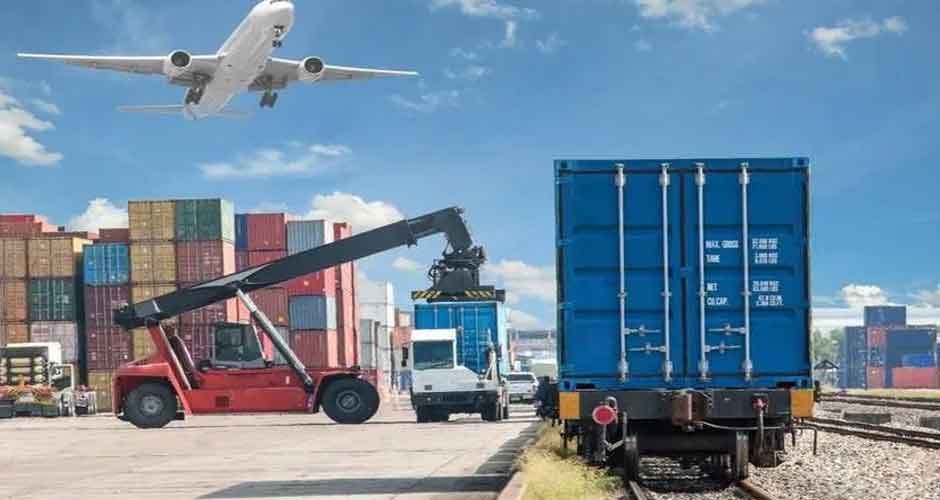Freight shipping is a crucial aspect of many businesses, especially those involved in manufacturing, retail, and e-commerce. However, the costs associated with freight shipping can quickly add up, impacting a company’s bottom line. Here are some cost-saving tips to help you manage and reduce your freight shipping expenses.
1. Negotiate with Carriers
One of the most effective ways to save on freight shipping is to negotiate with carriers. Establishing a good relationship with your shipping providers can lead to better rates. Discuss your shipping needs, volume, and frequency with multiple carriers and ask for quotes. Don’t be afraid to leverage competition to secure the best possible rates. Long-term contracts with freight shipping services can also provide cost stability and potential discounts.
2. Consolidate Shipments
Consolidating shipments is another excellent way to save on freight costs. You can take advantage of bulk shipping rates by combining a few smaller shipments into one larger one. This approach not only reduces costs but also minimizes the frequency of shipments, which can lead to additional savings. Coordinate with suppliers and customers to schedule consolidated shipments whenever possible.
3. Optimize Packaging
Efficient packaging can significantly reduce freight costs. Use packaging materials that provide adequate protection while minimizing weight and volume. Consider using standardized packaging sizes to maximize space utilization in shipping containers. Avoid overpacking, and use palletization techniques to make handling and transportation easier and more efficient. Properly sized and secure packaging reduces the risk of damage, potentially saving costs related to insurance claims and returns.
4. Choose the Right Mode of Transport
Selecting the appropriate mode of transport for your freight can lead to substantial cost savings. While air freight is fast, it is also expensive. For non-urgent shipments, consider using ocean freight, rail, or trucking, which are generally more cost-effective. Intermodal shipping, which combines multiple modes of transport, can also be a cost-efficient option. Evaluate the nature of your shipments and choose the most economical mode that meets your delivery requirements.
5. Utilize Freight Brokers
Freight brokers can assist in securing optimal shipping rates and routes by utilizing their extensive carrier network. They have connections with numerous carriers and can negotiate more favorable rates for you. Employing a freight broker can save both time and money by managing the intricacies of shipping logistics, enabling you to concentrate on your primary business operations.
6. Implement a Freight Management System
A freight management system (FMS) can streamline your shipping processes and provide insights into your freight operations. An FMS can help you track shipments, analyze costs, and identify areas for improvement. Automation of tasks such as booking, documentation, and invoicing reduces errors and administrative costs. By optimizing your freight operations, you can achieve greater efficiency and cost savings.
7. Leverage Technology and Data
Leverage technology and data analytics to oversee and enhance your shipping operations. Tracking systems offer real-time shipment updates, enabling informed decision-making and preventing expensive delays. Data analysis can uncover patterns and trends in your shipping processes, revealing opportunities for cost savings. For instance, examining shipment routes can identify more efficient paths or opportunities for consolidation.
8. Review and Audit Invoices
Regularly review and audit your freight invoices to ensure accuracy. Billing errors, such as incorrect weight classifications or unnecessary surcharges, can lead to overpayments. Implement a system for auditing invoices and resolving discrepancies promptly. Accurate invoicing helps maintain transparency and control over your shipping costs.
9. Consider Freight Insurance
While it may seem counterintuitive, investing in freight insurance can save money in the long run. Insurance coverage can protect you from significant financial loss in case of loss or damage during transit. Evaluate your shipping routes and the value of your goods to determine the appropriate level of insurance coverage.
10. Plan Ahead
Effective planning can lead to substantial cost savings in freight shipping. Avoid last-minute shipments, which often incur premium rates. Plan your shipments in advance to take advantage of discounted rates and optimized routes. Communicate with your suppliers and customers to ensure timely and efficient shipping schedules.
Conclusion
Cost-saving in freight shipping requires a combination of strategic planning, effective negotiation, and the utilization of technology. Businesses can significantly reduce their shipping expenses by consolidating shipments, optimizing packaging, choosing the right transport mode, and leveraging the expertise of freight brokers. Regularly reviewing and auditing invoices, planning ahead, and making informed decisions based on data analytics are crucial steps towards achieving cost-efficient freight shipping operations.












